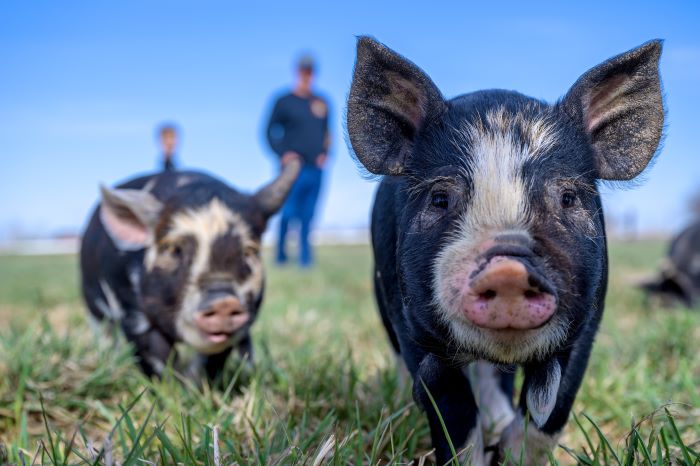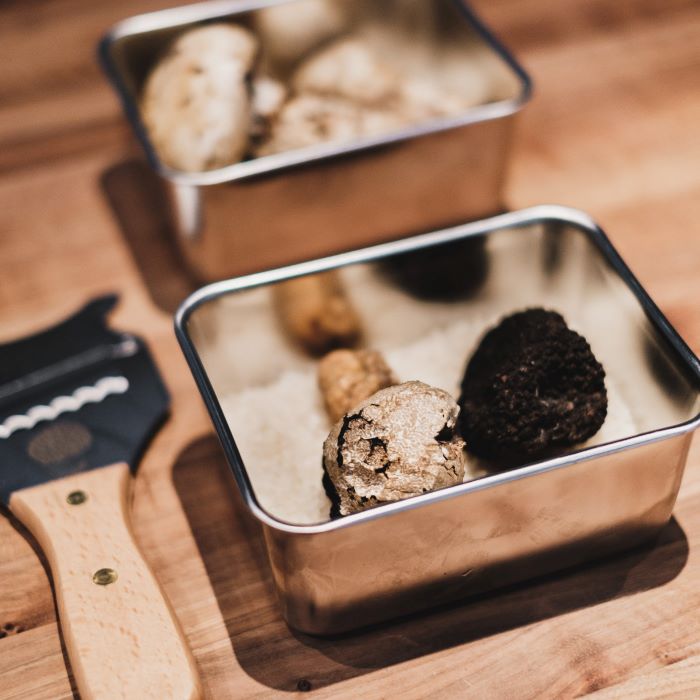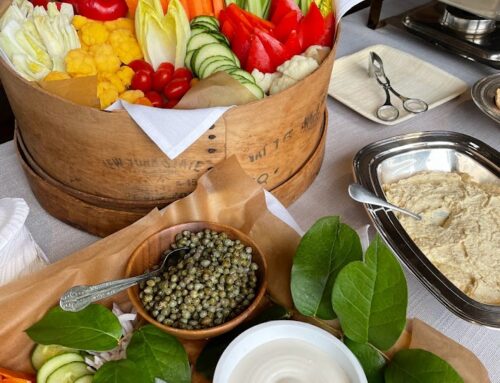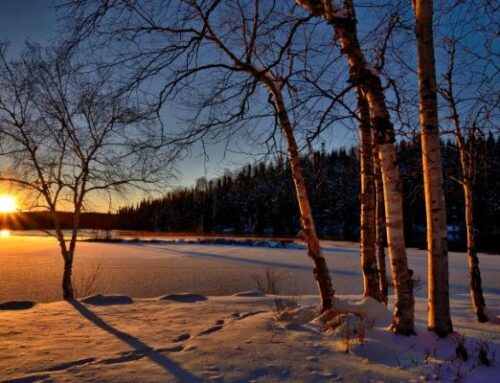No Truffle at All
 Ah, truffles: the Rolls Royce of the mushroom world.
Ah, truffles: the Rolls Royce of the mushroom world.
Pigs and Dogs on the Hunt
A fungi that provide a symbiotic relationship with beech, birch, hornbeam, oak, pine, and poplar trees, truffles give the tree nutrients in exchange for carbohydrates. They are rare. Humorously, two of the strongest truffle-hunter animals – called trufflers – you might expect are pigs and dogs, but dogs tend to be weaker in finding them but will not eat them once found, whereas pigs are better at finding them…but also eat what they find. Perhaps the world of bleeding-edge chimera science can provide truffle hunters with a dog-pig hybrid that captures the best qualities of both.
A Fun History of Fungi
Truffles were first noted in ancient neo-Sumeria records. This is surprising since truffles nowadays are associated strongly with France, which has a different clime than northern Africa. There is a “desert truffle” that enters into symbiosis with desert plants. Truffles have an amazing taste and are used in high-end cooking, as well as in oil infusions, and vodka, and as a way to elevate the everyday – such as mac & cheese – into something special.
 Chef Becky on the Rare Fungi
Chef Becky on the Rare Fungi
“I would use truffle more in cooking were it not ridiculously expensive,” the Chef says. “A rare item like truffle is way pricey, even in non-inflationary times. I do use white truffle oil at times. It depends on the dish, but anything calling for mushrooms, like a risotto, stroganoff, or cheese plate are all enhanced by truffle’s amazing smell and taste.”
Year ‘Round Fun(gi)
Black truffles sprout in winter and summer, and white truffles are in season in the fall, so they are year-round. Often called by gastronomes “the diamond of the kitchen,” truffle-hunting combines the best of nature, hiking, animal companionship, and foraging.
As a species that creates a go-between between the soil and trees, you can’t get more earthy than truffle!
Get huntin’ and get trufflin’!







